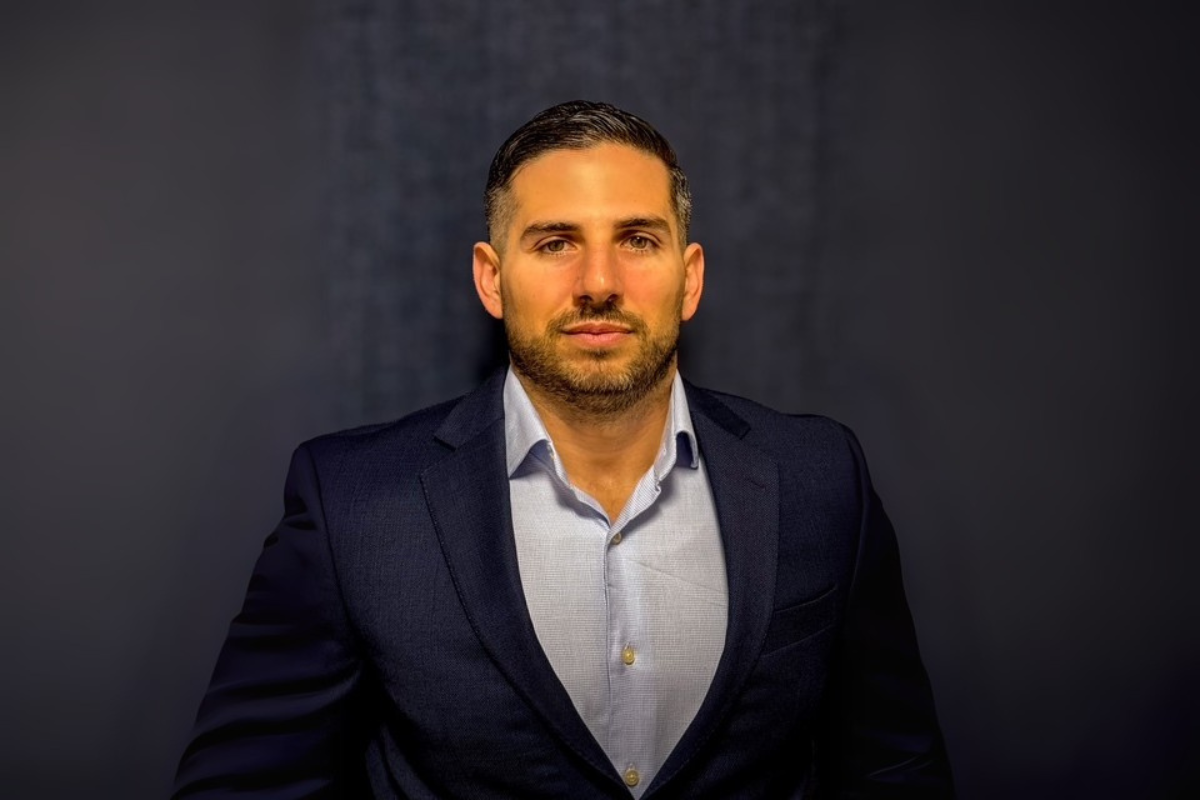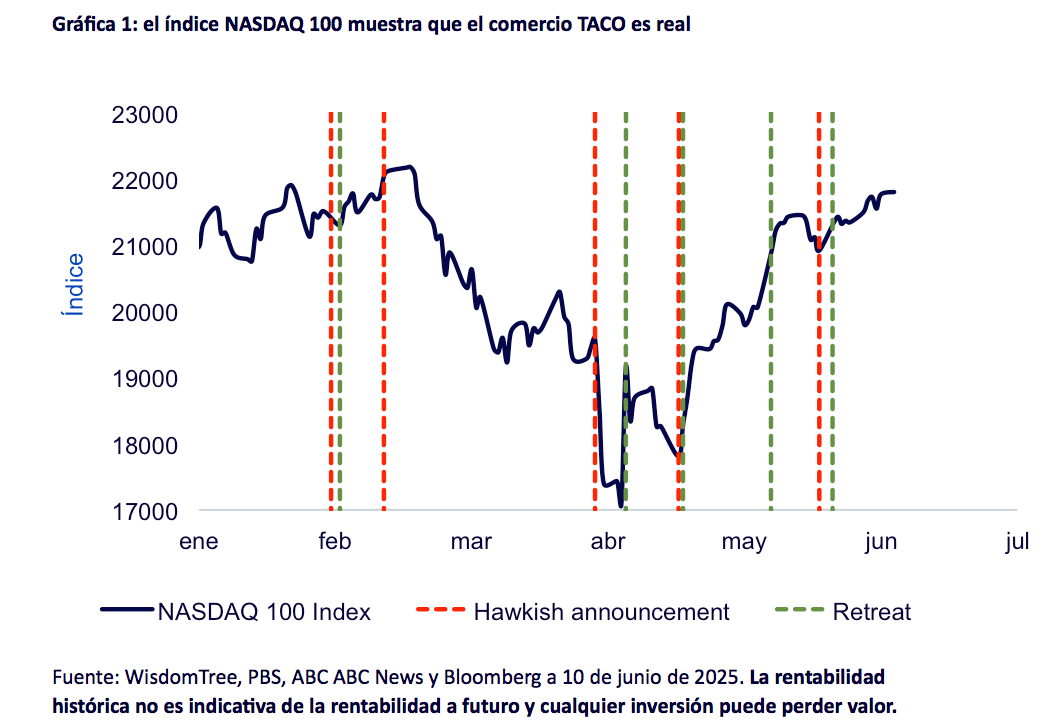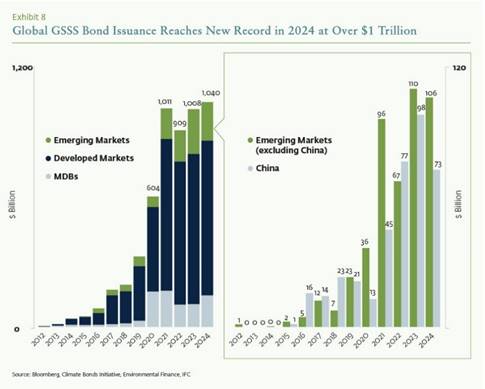JP Morgan Chase Launches a New Geopolitical Advisory Service: the CfG
| By Amaya Uriarte | 0 Comentarios

Already in his 2024 Letter to Shareholders, JPMorgan Chase CEO Jamie Dimon wrote, “Our greatest risk is geopolitical risk.” Global events have since confirmed his view, and the U.S. bank has introduced its new JPMorgan Chase Center for Geopolitics (CfG), an advisory service for clients that will leverage the firm’s network, expertise, and resources to successfully navigate “the increasingly complex global business landscape,” according to official company information.
The CfG will be led by Derek Chollet, one of Washington’s foremost foreign policy experts, and will be supported by both internal and external geopolitical and business advisors.
“In today’s world, business leaders must contend with rising global competition, combined with unprecedented interconnection, disruptive technological forces, persistent economic uncertainty, and a proliferation of geopolitical crises,” stated Jamie Dimon.
“The CfG will help our clients meet this moment by providing strategic insight, proven expertise, and data-driven analysis that support them in identifying opportunities and navigating the challenges of a shifting global economy and rapidly changing world,” he added.
The bank’s new center will work across the firm to bring together a broad team of experts to advise clients on how to anticipate and respond to the major geopolitical trends and events reshaping the global landscape.
Among the topics it will address are: the rise of artificial intelligence, the reconfiguration of global trade and supply chains, U.S.–China relations, and the evolving dynamics in Europe and the Middle East. In addition to publishing regular reports with timely analysis and insights, the CfG will take part in events and organize in-person sessions and webinars with clients, the bank said in a statement.
“By working with clients every day, our team has a unique vantage point on how global economic uncertainty is forcing business leaders to reassess their short- and long-term strategies, evaluate risks, and seize opportunities,” explained Derek Chollet, head of the CfG, who over three decades has held key roles at the Pentagon, the State Department, the White House, Congress, and several leading think tanks. “Harnessing the full power of JPMorgan Chase as a leading global financial institution uniquely positions us to help clients make informed decisions that enhance their competitive and commercial edge and create shareholder value,” the expert added.
The new advisory service’s inaugural reports cover topics such as the Middle East and its “new chessboard”; the “era of global rearmament and the U.S. defense industrial base”; and “Russia–Ukraine and the future of Europe.”











